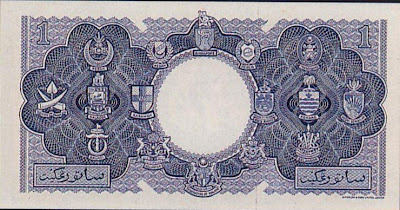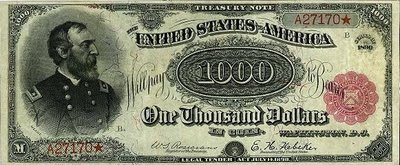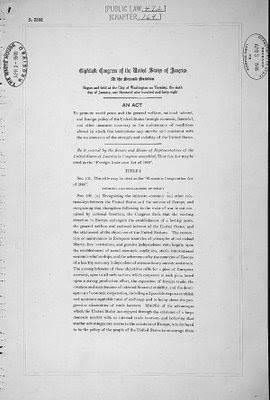Perhaps when you hear the words Swiss dinars,you would wonder and say the Swiss currency is Francs not dinars.But it does not refer to money used in Switzerland but it is a term to describe Iraqi currency printed in Switzerland using Swiss plates before the Gulf War of 1990 with the US.After the war the UN imposed economic sanctions and importing the Swiss printed banknotes became prohibited and the Central Bank of Iraq began printing the new Iraqi dinar locally and in China.
After the Gulf War Iraq was divided into two parts,the north ruled by Saddam and the south governed by local Kurds.Saddam needed money to finance spending and he created it with his face on it and ordered the printing of the new notes.In May 1993 the Central Bank of Iraq announced that the old 25 dinar notes should be exchanged with the new Saddam dinar in three weeks time.
During the next few years, so many Saddam dinars were printed in southern Iraq that they became virtually worthless. The face value of cash in circulation rose from 22 billion dinars in 1991 to 584 billion in four years, and inflation averaged about 250 percent a year over that period.The Swiss dinar was in fixed supply while tha Saddam dinar was printed at an increasing rate so the Swiss dinar became more valuable By spring 2003, it took 300 Saddam dinars to buy one Swiss dinar.By spring 2003, it took 300 Saddam dinars to buy one Swiss dinar.
In fall 2002, as it became more and more likely that the United States would invade, the Swiss dinar became more and more valuable.
There was a belief that the Swiss dinar would be honoured by future governments(US). The Kurdish regional government was right. On July 7, 2003, the American occupation administrator, L. Paul Bremer III, announced the creation of a new Iraqi dinar that would be exchanged for the two existing currencies at a rate that implied that one Swiss dinar would be worth 150 Saddam dinars.The exchange rate during US occupation is this for the new banknotes
1 Saddam dinar=1 new Iraq dinar
1 Swiss dinar=150 new iraq dinar
Imagine keeping the old Malaysian Ringgit and finding out that it is worth more than the new Ringgit.
Here are the Swiss dinars
The difference between this notes and the Saddam dinar is it has a watermark,feeling of raised figures and words and quality
After the Gulf War Iraq was divided into two parts,the north ruled by Saddam and the south governed by local Kurds.Saddam needed money to finance spending and he created it with his face on it and ordered the printing of the new notes.In May 1993 the Central Bank of Iraq announced that the old 25 dinar notes should be exchanged with the new Saddam dinar in three weeks time.
During the next few years, so many Saddam dinars were printed in southern Iraq that they became virtually worthless. The face value of cash in circulation rose from 22 billion dinars in 1991 to 584 billion in four years, and inflation averaged about 250 percent a year over that period.The Swiss dinar was in fixed supply while tha Saddam dinar was printed at an increasing rate so the Swiss dinar became more valuable By spring 2003, it took 300 Saddam dinars to buy one Swiss dinar.By spring 2003, it took 300 Saddam dinars to buy one Swiss dinar.
In fall 2002, as it became more and more likely that the United States would invade, the Swiss dinar became more and more valuable.
There was a belief that the Swiss dinar would be honoured by future governments(US). The Kurdish regional government was right. On July 7, 2003, the American occupation administrator, L. Paul Bremer III, announced the creation of a new Iraqi dinar that would be exchanged for the two existing currencies at a rate that implied that one Swiss dinar would be worth 150 Saddam dinars.The exchange rate during US occupation is this for the new banknotes
1 Saddam dinar=1 new Iraq dinar
1 Swiss dinar=150 new iraq dinar
Imagine keeping the old Malaysian Ringgit and finding out that it is worth more than the new Ringgit.
Here are the Swiss dinars
The difference between this notes and the Saddam dinar is it has a watermark,feeling of raised figures and words and quality





 10 Dollars (13.4cm x 8cm)
10 Dollars (13.4cm x 8cm)
 50 Dollars (16.7cm x 9.5cm)
50 Dollars (16.7cm x 9.5cm)




 Sathalanalat Paxathipatai Paxaxon LaoLao People's Democratic Republic
Sathalanalat Paxathipatai Paxaxon LaoLao People's Democratic Republic


 Here is a banknote which has caught the attention of the world as not only is it one of the few pieces in existence it is also considered the most expensive banknote in the world.How much do you think one has paid for this banknote, well to the collector it might seem like a small amount since he is willing to pay for it at a price of
Here is a banknote which has caught the attention of the world as not only is it one of the few pieces in existence it is also considered the most expensive banknote in the world.How much do you think one has paid for this banknote, well to the collector it might seem like a small amount since he is willing to pay for it at a price of  (George Gordon Meade)
(George Gordon Meade) (Meade Monument, by Charles Grafly, U.S. Courthouse, Washington, D.C.)
(Meade Monument, by Charles Grafly, U.S. Courthouse, Washington, D.C.) (George Gordon Meade)
(George Gordon Meade) (General Meade and other generals of Army of the Potomac in Washington, D.C., June 1865.)
(General Meade and other generals of Army of the Potomac in Washington, D.C., June 1865.)  What is the worth of a million pound banknote?,well you would be surprised but its only worth
What is the worth of a million pound banknote?,well you would be surprised but its only worth  Bank of England
Bank of England (Map of Cold-War era Europe and the Near East showing countries that received Marshall Plan aid. The red columns show the relative amount of total aid per nation.)
(Map of Cold-War era Europe and the Near East showing countries that received Marshall Plan aid. The red columns show the relative amount of total aid per nation.) George Marshall
George Marshall First page of the Marshall plan
First page of the Marshall plan